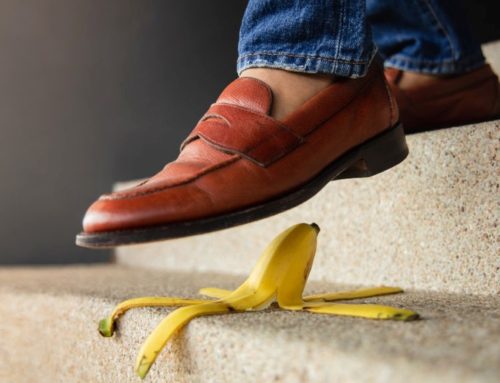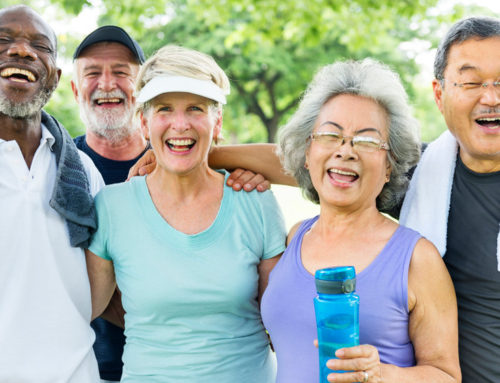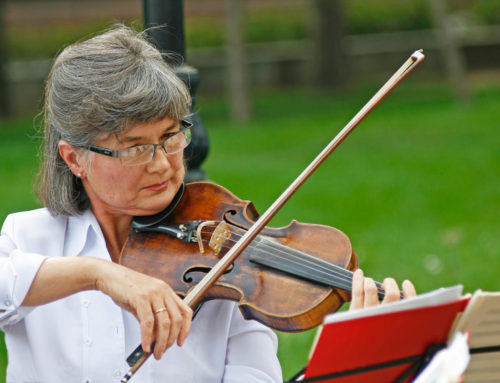Share This Story!
Staying Active As You Age
For many seniors, muscle weakness, joint pain, and increased weight can all contribute to a lack of exercise. However, staying active is crucial for older adults. Not only does regular exercise decrease the risk of chronic disease, but moving more also boosts mood, improves sleep, and reduces fall risk. Consider these safe activities to improve strength and balance.
Try this ancient exercise routine
Although the activity has recently grown in popularity, yoga has been around for thousands of years. The specific poses performed in a yoga class help to increase both strength and balance. Yoga has also been linked to a decrease in chronic pain. In one study, those who practiced yoga regularly were twice as likely to lower pain medications than those who did not. What’s more, yoga can be scaled to any ability or mobility level. Seniors with lower mobility can try chair yoga to get strength-building benefits without having to sit on the floor.
Use your own weight
One of the best ways to build muscle is through strength training. Research has even found that when the goal is to burn fat, strength training works more efficiently than aerobic activity. But seniors don’t necessarily need to hit the gym to experience benefits. Many exercises can be performed with a person’s own body weight. Chair squats, wall push-ups, and climbing stairs can all be done at home to build strength.
Walk it out
Ever wondered where the 10,000 steps a day rule came from? Research has found that people who get 10,000 steps daily have a 46% lower mortality rate in the following 10 years than those who are more sedentary. For seniors who have joint pain or lower mobility, 10,000 may not be the perfect number. However, the point stands: walking is an easy, low-impact workout that can have a significant impact on a person’s overall health.
A gentle but powerful workout
Like yoga, tai chi has been around since ancient times. The practice focuses on stability, balance, and muscle control. The movements are also very gentle, making this workout a safe, low-impact option for seniors. Research has shown that regularly practicing tai chi can even cut fall risk in half.
Get moving today
At the end of the day, the best type of exercise is one that a person feels motivated to do consistently. Whether walking, biking, swimming, or taking group fitness classes, there are many possibilities for seniors to get active. For more recommendations on safe exercise options, speak with a healthcare provider.





